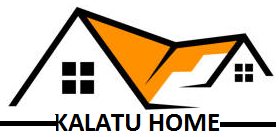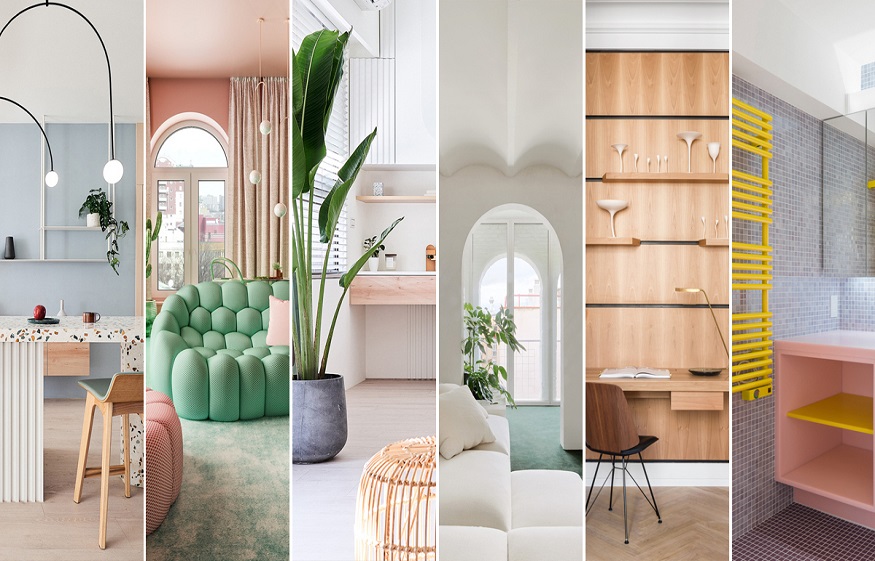The mission of an interior designer is to aestheticize public and private interior spaces. Its designs must ensure comfort through a skilful choice of lights, decorations, furniture and volume.
He is a decorative artist, a subtle blend of creative fantasy and scientific rigor borrowed from architecture.
Obtaining the status of interior designer requires recognized diploma training. Reference books that deal with the subject are also recognized. Here is an overview of three of them.
Design your interior Arrange and organize all the rooms in your home
The authors of this book, already in its 4th edition, have themselves made a point of specifying the public, the scope and the limits. They indicate that beginners and neophytes (apparently, the target audience) will find essential mathematical reminders, as well as regulatory, technical and administrative requirements. They qualify their book as a technical and detailed work. This qualification finds its meaning when we go through the summary.
The book takes up each component of a house and devotes a chapter to it. We find the chapters kitchen, bedroom, hallway, bathroom, dining room, living room, garage, entrance, night area and day area. Each room in the house is designed for functionality, layout, heating, air conditioning, electrical and telephone equipment, ventilation, light and regulations. An entire chapter is devoted to the different types of energy (renewable, natural or traditional).
It is a didactic and technical book. On reading it, any beginner can be qualified as neophyte-advanced. For professionals, this is an excellent tool to consult for clarification or a reminder.
Interior architecture Practical and theoretical courses
The architecture of this book is designed by its author in modules and practical cases. It is a qualified reference work, it is in its 2nd edition.
Each step of the process of creating an interior design project is detailed: preparation of the brief, development of the concept, manufacture of models, development of technical drawings, presentation of the project, implementation and control.
The diversity of the cases studied will allow the student interior designer to tackle the many situations he is likely to encounter while exercising his profession in the future. The cases relate to trendy cafes, small urban dwellings, multipurpose spaces, houses with big shows, sensory interiors and spaces to be redeveloped.
The author’s definition of interior design is that “it is not just about solving a number of problems, but about improving and shaping one’s immediate environment in order to better inhabit it ”.
A beautiful philosophy of the profession that he tries to convey through his book for interior designer

